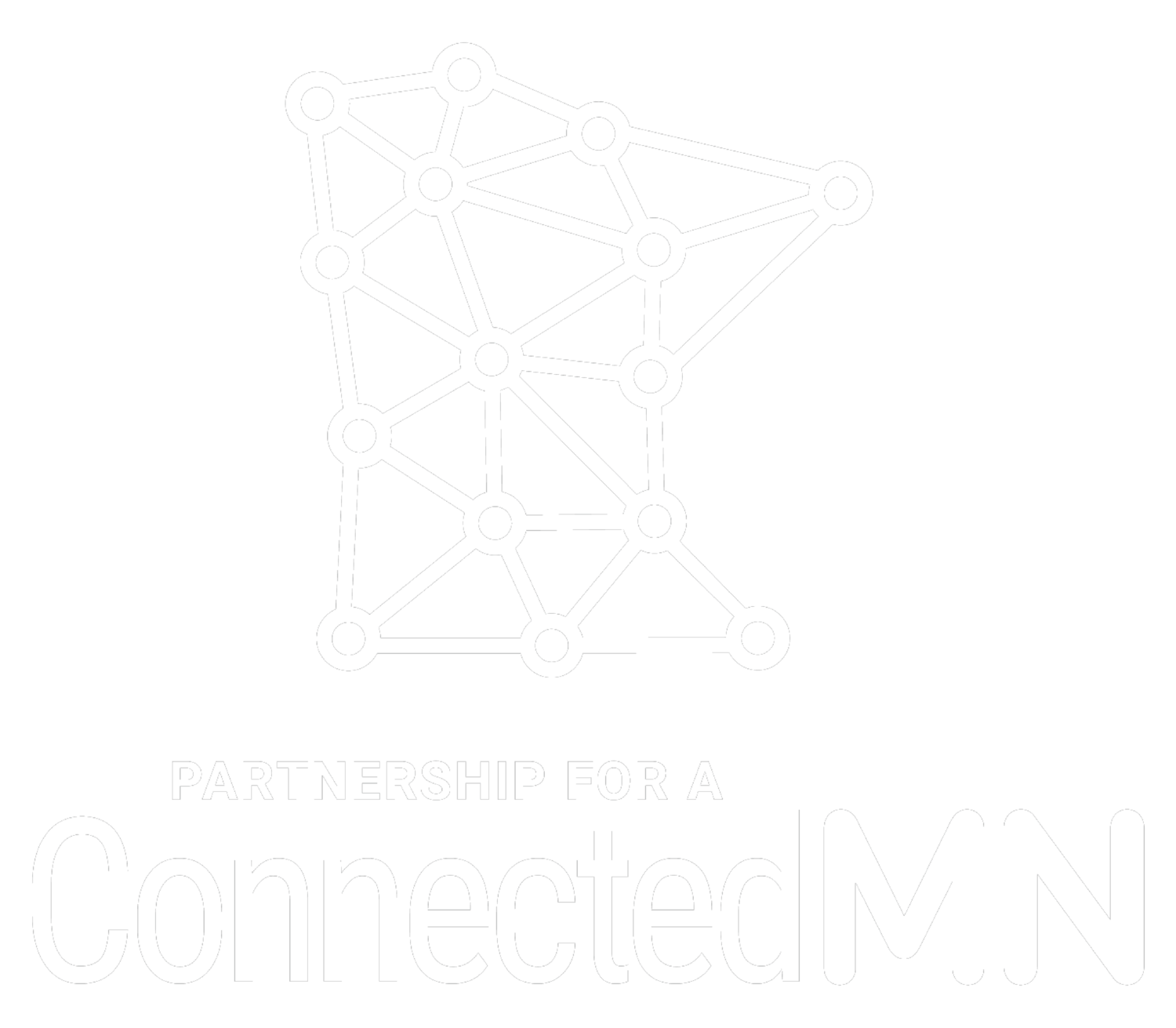Navigating Everyday Life: Addressing Broadband Inequity in Communities of Color
“This problem didn’t begin in a single instance, and won’t end in a single effort.”
Source: New Vision Foundation
Hussein, an educated man with an educated spouse and children in school, was still overwhelmed in coordinating all the required technology in his home during the pandemic. As the Founder and Executive Director of the New Vision Foundation, Hussein Farah wondered how less educated parents with more children handled technological struggles.
Digital equity, to Hussein, is access to technology and the tools to navigate it. Most communities of color and recent immigrants have technology around, but the biggest barrier is the price point of these necessary resources. For example, access to broadband should not be an issue for cities in the metro area, but the $60-70 a month that it costs is a barrier. Families with disadvantages, such as income, should be able to have the same access to tools as those of a sound economic position.
New Vision Foundation
New Vision Foundation is a nonprofit working with disadvantaged youth in Minnesota. They provide coding and digital literacy classes to open doors for opportunities. New Vision also works with communities engaging young people in education, employment, and economic development. New Vision believes that information technology spurs wage and income growth, and can be a catalyst for an inclusive and harmonious Minnesota.
You can learn more about the New Vision Foundation at their website here, or check out their Facebook page!
Source: New Vision Foundation
Navigating New Requirements
New Vision Foundation chose their projects based on the concerns community members brought to them, the first being device availability (e.g. laptops, tablets, hotspots, etc). For many families with multiple children, each one had different individualized distance learning requirements. With sometimes a single or no computer in the home, the daily requirements of each kid piled up. Parents also needed devices for work. One piece of equipment was simply not enough for families to use for school and work. New Vision Foundation was able to provide laptops and internet subscriptions to 100 families for a year.
The second concern that New Vision Foundation heard was broadband and internet navigation. When four students logged in at the same time, issues in internet capacity arose. A few families weren’t sure how to work the new requirements of classrooms and software systems provided by school and work. New Vision Foundation hired two digital navigators to provide services to families, from turning on a computer to navigating different screens to managing school specific software. These navigators were able to work remotely and go to houses for 1 on1 navigation assistance.
The Digital Future: Moving Forward
Hussein was inspired by many different stakeholders, nonprofits, state services, and corporations coming together in proactive measures by creating a pool of funding for distance learning.
Hussein encourages those striving for digital equity in Minnesota to not let up on this work. This problem didn’t begin in a single instance, and won’t end in a single effort. Some further steps for digital equity include tracking, measuring, collecting, and analyzing data in communities with hidden needs. For example, one would not imagine there is a broadband need in the metro areas, but the communities New Vision Foundation worked with in those areas were not always able to access broadband. When tracking community needs with current, “real time” information, organizations can better adjust to meet constituents’ needs.
For Hussein, these issues will continue to get worse until they are addressed. It was a wake up call to do more, to keep rolling up one’s sleeves, to go to work, and to assist more households. This project showed New Vision Foundation how deeply and entrenched the barriers of equipment and access issues were in their communities.


